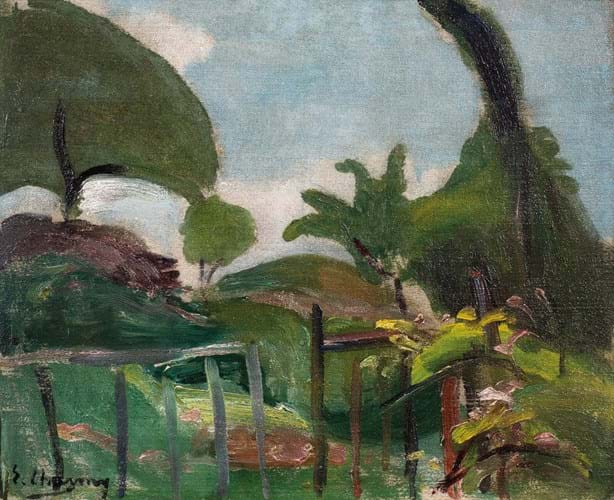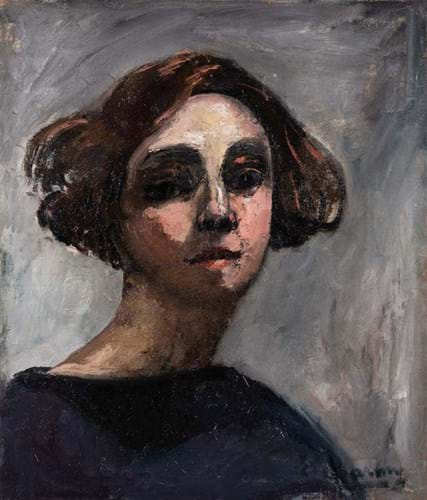
She is now the focus of her first UK solo show at Mayfair’s Connaught Brown, The Forgotten Fauve.
In her heyday, Charmy was both famous for her distinctive avantgarde painting style and infamous for her depictions of female nudes and brothels. The exhibition, which runs until December 23, includes some of her sensual depictions of the female form alongside her still-lifes, landscapes and portraits.
Orphaned at 15, Charmy moved to Paris in 1903 and was soon painting alongside artists such as Henri Matisse, Albert Marquet and Charles Camoin. Her work was marked by intense colour, thickly applied paint and seemingly crude brushwork, and was included in the 1905 Salon d’Automne where art critic Louis Vauxcelles coined the term Fauvism.
French art dealer Berthe Weill (1865-1951), known for her work with the Parisian avant garde, exhibited Charmy’s works regularly and in 1913 she was one of only 50 women invited to exhibit at the seminal Armory Show of Modern Art.
She “sees like a woman and paints like a man”, the novelist Roland Dorgelès said in 1921. The same year Charmy collaborated with French writer Sidonie-Gabrielle Colette in a joint exhibition, and painted her in the nude several times.
Despite her popularity in the early 20th century, her work never regained its renown following the Second World War.
Her revival began when she was included in the 1995 publication Women Artists and the Parisian Avant- Garde. In 2008 Charmy was the focus of an exhibition at the Musée Paul Dini, Villefranche-sur-Saône, and it is since then that her highest prices have been achieved on the open market (source: Artprice by Artmarket). In 2013-14 she was featured at a further exhibition at the Fralin Museum of Art in the US.

'Autoportrait' (1910-12) by Émilie Charmy, oil on canvas, 22 x 18in (56 x 46cm), priced £25,000 at Connaught Brown.
According to Connaught Brown’s Sasha Brown: “[Charmy] should never should have been forgotten in the first place. Manguin, Marquet and Camoin are still thought of at the forefront of Fauvism and major players in the world of Post- Impressionism, so it would appear ridiculous that Charmy be forgotten when she was their contemporary.
“As today’s modern world breaks boundaries and questions matters of equality, Emilie Charmy the trailblazer is more relevant than ever. After all, we always look at the past to inspire the future.”














